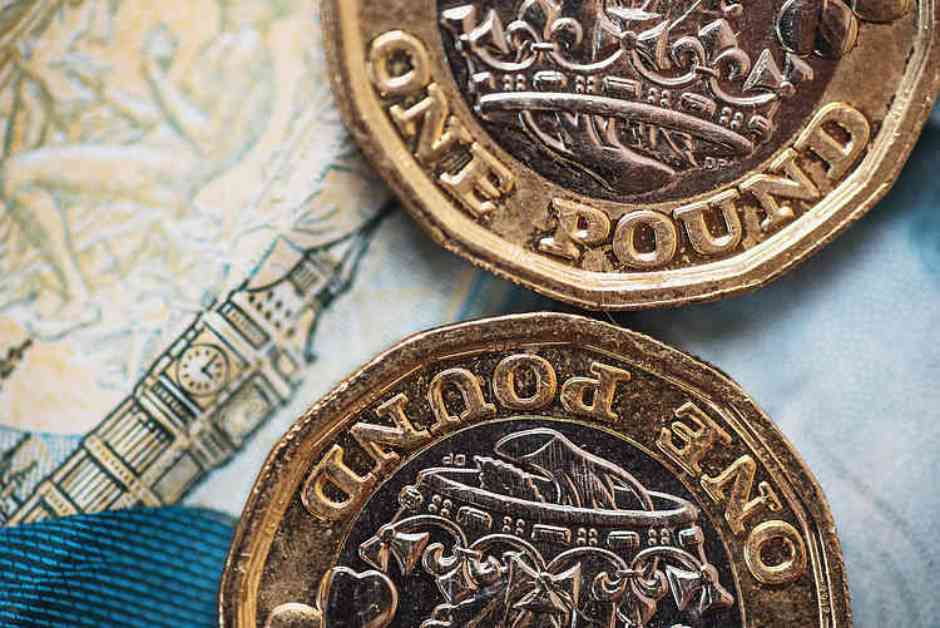The Pound Sterling is facing challenges as it continues to weaken against the US Dollar for the third consecutive trading day. Currently, the GBP/USD pair is hovering around 1.2670, reaching a monthly low. This decline can be attributed to the Federal Reserve’s hawkish stance on interest rates, which is boosting the US Dollar’s appeal.
In response to the Fed’s outlook on interest rates, Minneapolis Fed Bank President Neel Kashkari predicted that there might only be one rate cut by the end of the year, likely in December. However, the market anticipates two rate cuts starting from the September meeting, with the possibility of further cuts in November or December. This speculation has been fueled by the softer US Consumer Price Index (CPI) and Producer Price Index (PPI) reports for May.
The UK’s upcoming Consumer Price Index (CPI) data for May, along with the Bank of England’s (BoE) interest rate policy decision, are contributing to the Pound Sterling’s poor performance against major currencies. Economists are expecting a decline in core CPI to 3.5% and headline inflation to return to the central bank’s target of 2.0%. This expected drop in inflation could lead to increased investor confidence in price stability, potentially paving the way for early rate cuts by the BoE.
In the last BoE policy meeting, Deputy Governor Dave Ramsden voted to lower interest rates by 25 basis points, aligning with policymaker Swati Dhingra. Currently, there is a 57% chance of another rate hold by the BoE in August. Investors will closely watch the outcome of the upcoming policy meeting for fresh insights on the interest rate outlook.
The technical analysis indicates that the Pound Sterling is trading near the 50-day Exponential Moving Average (EMA) at 1.2670. The GBP/USD pair is struggling to maintain above the 61.8% Fibonacci retracement support, suggesting an uncertain near-term outlook. The Relative Strength Index (RSI) also indicates that the upside momentum has faded.
Understanding the Bank of England’s monetary policy decisions is crucial for interpreting the Pound Sterling’s performance. The BoE aims to achieve price stability by adjusting base lending rates. When inflation deviates from the 2% target, the BoE responds by either raising or lowering interest rates. It may resort to Quantitative Easing (QE) in extreme scenarios to increase credit flow. Conversely, Quantitative Tightening (QT) is enacted when the economy strengthens, usually leading to a stronger Pound Sterling.
In conclusion, the Pound Sterling’s current vulnerability against the US Dollar is influenced by the Fed’s interest rate stance, UK inflation data, and the upcoming BoE policy meeting. Investors are eagerly awaiting the outcomes of these events to gauge the future direction of the Pound Sterling.








